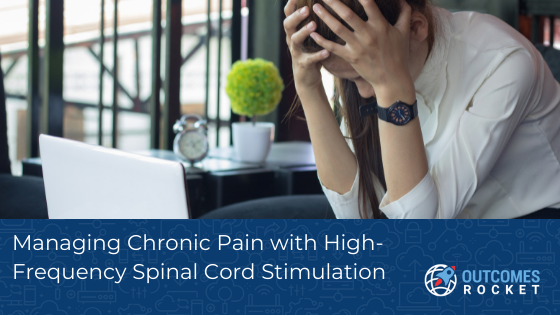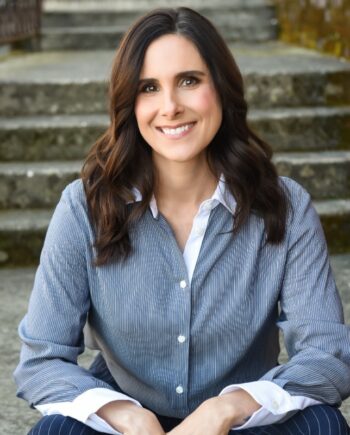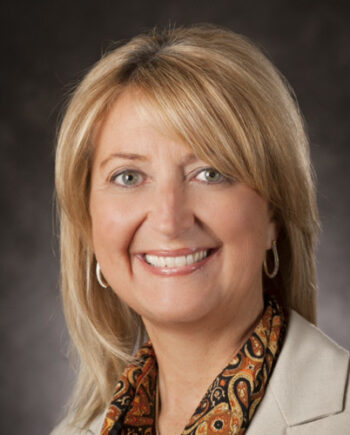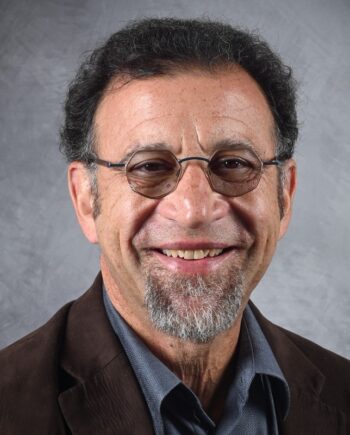
As a farmer, Rod was used to long days. He worked 18 hours a day, 7 days a week until one day, as he was lifting hay, he took a step and fell down, and hurt his back.
That was the start of his journey with chronic pain.
He said he tried everything to deal with the pain, from epidurals to narcotics. Nothing worked. He went from being an energetic to a stagnant individual due to his persistent chronic pain.
According to the Centers for Disease Control and Prevention (CDC), about 50.2 million adults endured chronic pain in 2019. Like Rod, many people living with chronic pain suffer every day, from the moment they wake up to the time they go to sleep. Some days are easy, some unbearable.
Chronic pain can stem from a number of things, and while injuries are most often associated with chronic pain, there are also those who suffer from it despite having no past injury or body damage.
A person with chronic pain can experience reduced mobility, decreased energy levels and increased anxiety and stress. Many people with chronic pain are limited in their ability to provide for themself and their family.
While there are a number of treatment options available for chronic pain, many people, like Rod, will at some point turn to painkillers, depending on the severity and frequency of the pain. Painkillers can reduce pain, but only for a small period of time.
Some people develop a tolerance to painkillers, continually needing to up their prescription to find relief, and others become physically dependent, showing withdrawal symptoms when the drug is stopped. Very strong painkillers, like opioids, are considered by some medical professionals to be a “last resort” due in part to their risk of addition.
The need for nondrug options to treat chronic pain is clear. One such option is called Spinal Cord Stimulation (SCS). This proven therapy delivers mild electric impulses to mask or minimize the pain signals traveling to the brain. Most SCS technology does this by delivering a low-frequency waveform felt as a tingling sensation called paresthesia.
Dr. David Caraway, Chief Medical Officer at Nevro, explains more.
“While this therapy has been around for some 40 years, it’s all been about masking the pain. It’s been about getting a tingling feeling. Paresthesia, as we call them, is this sort of tingling, buzzing feeling that stimulates the spinal cord and you get those tingling feelings from stimulation in the same areas where you’re hurt. And then instead of feeling the pain, hopefully, you feel this more pleasant sensation, this tingling and or buzzing sensation.”
This traditional approach to paresthesia-based pain relief has been available for years, yet if patients didn’t need to feel a tingling sensation to mask their pain, would they want it? That’s the question that led Nevro to find a different way to block the feeling of pain.
The company calls it HFX™*.
By using a proprietary stimulation approach called 10 kHz Therapy, a unique mechanism of action is achieved that does not require the buzzing or tingling feeling of paresthesia. It is so effective that 8 out of 10 users experience long-term pain relief, allowing patients to return to their daily activities.
Nevro is the only company with devices that operate at very high frequencies, yet that’s not all the HFX platform can do. HFX incorporates the widest range of frequencies and waveforms to provide individualized relief.
Dr. Caraway discloses the reason behind the full range of frequencies.
“Even though10 kHz Therapy is highly effective for most, there will be some who don’t respond to the therapy. So we broadened our platform and made it much more versatile. We now can perform essentially all the frequencies that are on the market from a single implanted device. We still use our market 10kHz Therapy, primarily because that’s where the evidence is. That’s where the best outcomes are. That’s where you don’t have to deal with that paresthesia, those tingling feelings. But we have this ability to provide all these other waveforms so that both the patient and the doctor can have confidence they’re not foreclosing any options.”
Nevro brought its 10 kHz Therapy to market with a full PMA, the highest level of rigor from the FDA, demonstrating the company’s commitment to data. HFX is indicated to treat back and leg pain, and pain caused by diabetic neuropathy (PDN). It’s the only SCS system with a specific indication for the treatment of PDN. Furthermore, HFX, when programmed to 10 kHz is FDA-approved for driving, which is another large advantage compared to other stimulators.
“We by far developed the highest level of evidence through multiple studies compared to any of our very large competitors. In fact, we’re the only major device company to come to the market with a full PMA, a pivotal trial, supporting our entry into the market. And we’ve continued to do that. We’ve continued to roll out very high-level, randomized control trials to support our new indications and our new value add,” Dr. Caraway explained.
With HFX, many patients can say goodbye to painkillers. HFX can be used all day without the user getting addicted to it, and it won’t dull the senses. Users can stay active and enjoy what they love most.
Remember Rod?
After going through various painkillers to manage his chronic pain, Rod decided to get HFX and he shared that it has given him back what he lost. It has given him back his life.
Today, Rod can once again work with wood and tools, travel with his wife, and enjoy life.
Rod is just one of the many happy and satisfied HFX users who are liberated from chronic pain.
If you or anyone you know are suffering from chronic pain, it may be time to explore nondrug solutions to provide the relief you deserve.
Visit https://nevro.com/English/en/home/default.aspx for more information.
To listen to my full interview with Dr. Caraway, please visit https://outcomesrocket.health/nevro/2021/08/.
*HFX™ is a comprehensive solution that includes a Senza spinal cord stimulation system and support services for the treatment of chronic pain
According to the 2020 Centers for Disease Control and Prevention report, roughly 34.2 million Americans have diabetes,...
Read MoreAs a farmer, Rod was used to long days. He worked 18 hours a day, 7 days...
Read MoreWith investors receiving hundreds of pitch decks every year, how do you create a compelling presentation that...
Read More
Brittany Busse Co-Founder, President, and Chief Medical Officer at
ViTelHealth


Stephen Thorne Founder and CEO at
Pacific Dental Services

Keith Carlson Nurse Career Coach